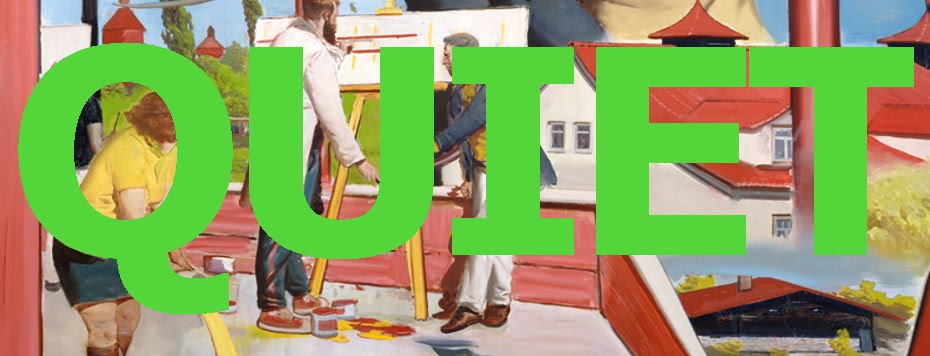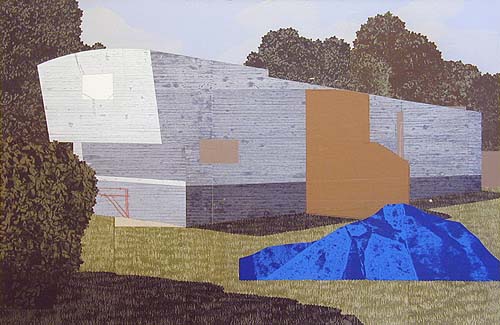 |
| Luc Tuymans in his studio (via Elle) |
As an immediate example Luc Tuymans came to mind. His paintings aren't limited in their intended capacity. But his work has a distinct style, already influencing a host of young artists, even before Tuyman's own career is finished.
Tuymans admits that his paintings are executed in one day. He claims, "I only have an attention span that's that long". Still they are "captivatingly blurry, washed-out and bleached" conceptual representations. His paintings are derived from banal photographs and television.
I remember a figure from my memory - perhaps in undergrad, maybe a grad student in adjacent studios - explaining to me one afternoon that it was necessary to continually refine your process, throwing out old ideas and experimenting with new ones, until you were able to produce what you wanted effortlessly or at least fluidly. And recently, another friend hearing that I had taken a banal, incremental change in the way I moved paint around remarked: "that's creativity - each time you find a solution to make what you do better."














